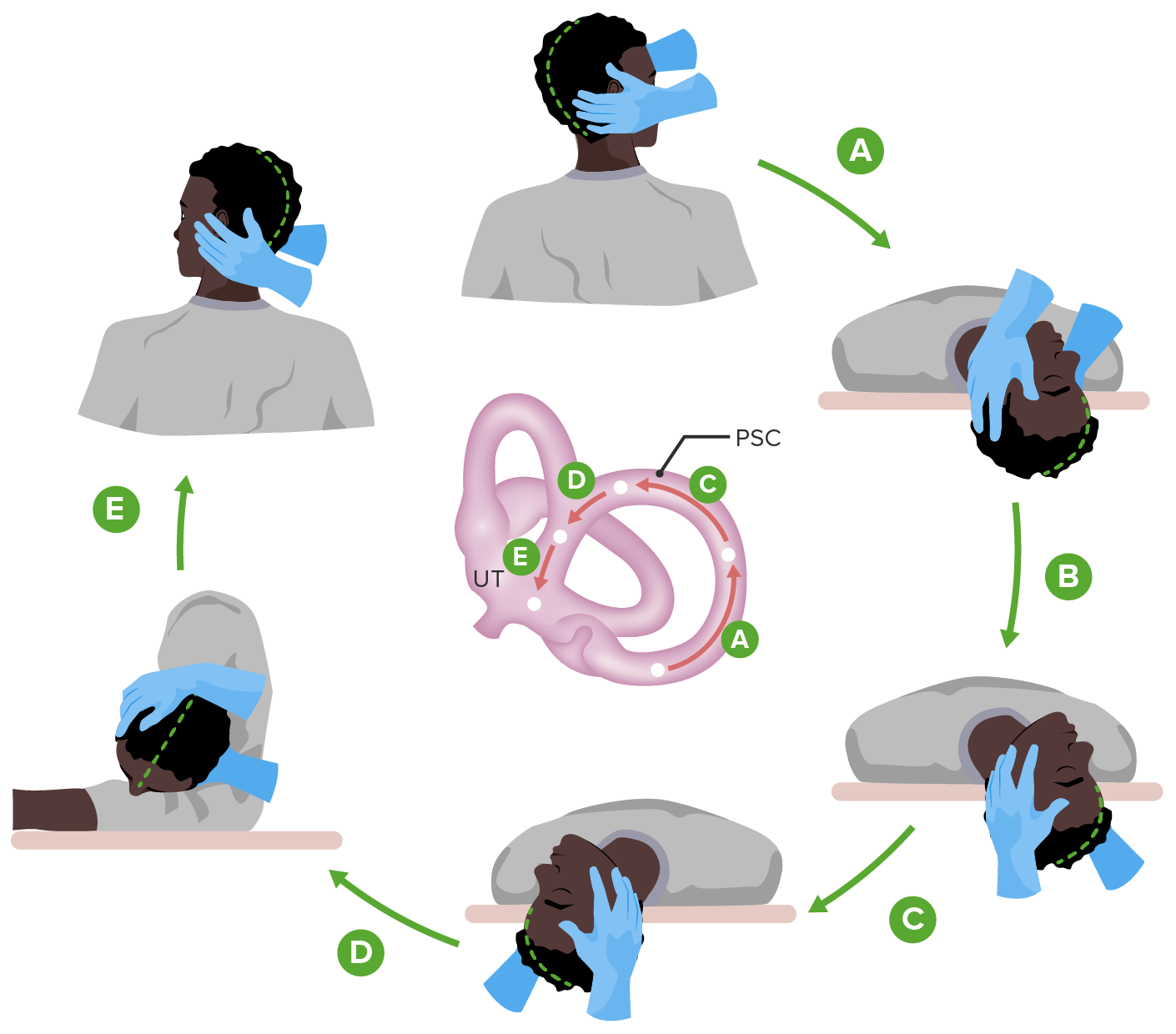Playlist
Show Playlist
Hide Playlist
HINTS of INFARCT
-
Slides Approach to Acute Vestibular Syndrome.pdf
-
Download Lecture Overview
00:01 So what do we do with this information? When we've done our head impulse test, our test for nystagmus, and our test of skew, how can this help us? And what's a good mnemonic for remembering the findings that point to a concerning central source like a stroke, or a benign peripheral etiology, like vestibular neuritis? Well, if the HINTS tell us what test to do, it's the HINTS of INFARCT, that remind us of the concerning pathology that require emergent evaluation. 00:31 INFARCT here stands for an impulse test that's negative. 00:36 The fast-phase of nystagmus that's alternating. 00:40 And re-fixation on cover test, which is a positive test of skew. 00:45 I like this mnemonic, it reminds me the findings on the head impulse test, nystagmus, and test of skew, the HINTS testing that makes me concerned for a central stroke or a central etiology. 00:59 So as a reminder, those findings on each of the HINTS test that are concerning for a central source, or a normal head impulse test. 01:09 The normal head impulse test is where there is no corrective saccade. 01:13 The patient remains fixed on the examiner. 01:16 And that normal test should not be reassuring and can indicate signs of a central stroke. 01:23 The impulse test is negative. 01:27 When we're looking for nystagmus, we can see direction changing nystagmus, and that again indicates a central source. 01:33 We see the fast phase of nystagmus is alternating. 01:38 And then the last is we see refixation on the cover test. 01:42 That's an indication of a positive skew deviation, which again is a finding that supports a central source. 01:49 Impulse negative, fast phase alternating, refixation uncovered test. 01:54 These are our HINTS of an INFARCT.
About the Lecture
The lecture HINTS of INFARCT by Roy Strowd, MD is from the course Vertigo, Dizziness, and Disorders of Balance.
Included Quiz Questions
What would be a reassuring finding when investigating a potential central nervous system stroke?
- Positive head impulse test
- Direction-changing nystagmus
- Presence of skew deviation
- Eyes remain fixed to target on HIT
- Refixation on cover test
Customer reviews
5,0 of 5 stars
| 5 Stars |
|
1 |
| 4 Stars |
|
0 |
| 3 Stars |
|
0 |
| 2 Stars |
|
0 |
| 1 Star |
|
0 |
Dr Strowd was clear, concise and very helpful in explaining how to use physical examination to distinguish between central and peripheral vertigo.




